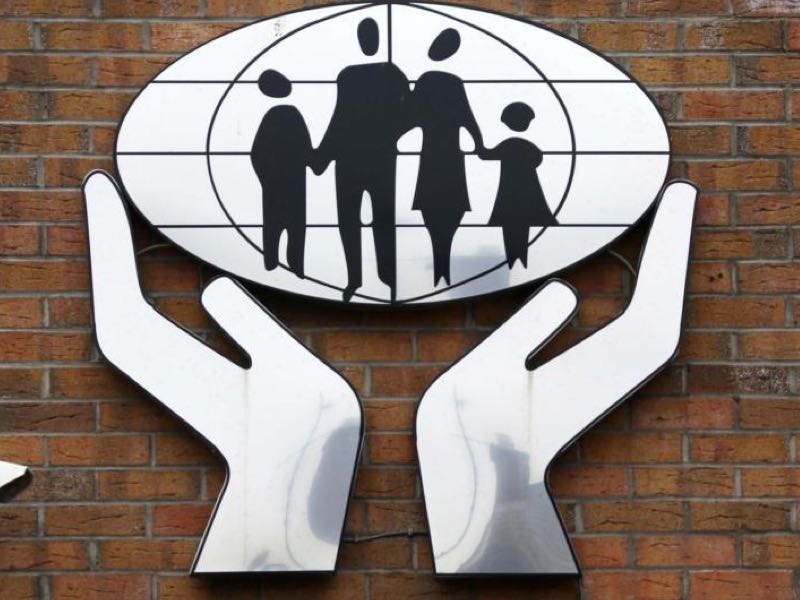Irish Credit Unions in 2014

The difficulties experienced by many Irish credit unions have been evident since at least 2007 but have been masked until relatively recently by consistent, if unwitting under-reporting of arrears. Only more recently, as new loans have become unavailable and loan books have contracted, has the true level of arrears become apparent in relative and absolute terms.
How has the seriousness of Credit Union arrears been missed until now?
The answer here is one of a poor credit risk management information system and the dynamics of a challenging business model, starting with its credit risk reporting system.
The Resolution 49 Matrix
Until very recently, credit unions have used and broadly relied on a seriously inadequate and out –of- date credit risk matrix, Resolution 49, to indicate what the level of credit risk was for any given level of arrears. This credit risk/provisioning matrix is shown below:

This matrix, introduced in the “boom days” of 2002 and not revised, even during the years of the Celtic Tiger collapse, misled credit unions (and to some extent, their accountants and then regulator) by suggesting that there was no risk whatever where loans were either up-to-date, or even one or two months in arrears! Only when a loan was 10 weeks in arrears did the Resolution 49 model allow that there might be some risk of loss, estimated then at 10%, a manifestly inadequate loss probability rate.
However, as simple regression analysis of local experience against these arrear rates might have demonstrated at any time, this rate and the other risk rates shown above were similarly seriously inadequate.(Testing of one credit union’s experience in 2007 showed that the Resolution 49 model was then capturing only some 29% of measurable credit risk.)
The inadequacy of these rates was inevitably compounded by the credit union business model, including a) the “topping up” of loans, thereby deferring the emergence of real arrears and b) rescheduling/refinancing arrears, which further delayed recognition of, already understated, exposures.
Some Consequences of Resolution 49
In consequence of this Resolution 49 matrix, credit union loans were variously: underpriced, recognition of arrears was lagged by up to three years, losses were under-provided for and a seriously misleading profit illusion was created over many years, only recently recognised. In the meantime dedicated Credit Union management was misdirected as to new lending, in relation to arrear management, resource management and reserving policy. It is a truism to say that ‘you cannot manage what you cannot see!’
Other Systemic Reasons for Credit Union problems
Absence of loan security
A well recognised further cause of the credit union difficulties has been its business model of lending, typically without loan security. This has had a double impact. In the absence of the risk transparency mentioned, credit union arrears were neglected until too late and credit unions were then placed in an inferior position to motor car and other lenders, having the benefit of relevant asset security.
Failure to differentiate loans for risk–pricing and management
In the absence of proper risk measurement, credit unions have had an almost universal policy of common loan pricing, failing to distinguish certain high-risk loan types and maturities for appropriate higher pricing and closer management. This egalitarian but, arguably misdirected, policy reflects the credit union wish to treat all members equally, regardless of risk.
The impact of the €100k Government guarantee
Arguably, a further reason for the rapid escalation of credit union arrears has of course been the unique impact on credit unions of the Irish Government guarantee on savings. As the great majority of savings in credit unions are below €100k and are for that reason fully guaranteed, the normal run on savings which might be triggered by escalating arrears, and which operates as a discipline on lenders, does not come into play, permitting a higher indulgence of, already delayed and understated, arrears.
And the Answer for Credit Unions?
Irish Credit Unions are staffed by highly responsible and dedicated professionals and by volunteers who have given generously of their time over many years; they have provided a valuable service to the community over almost six decades, a service which is now being increasingly filled by predatory money lenders.
Credit Union management deserves to be supported by a better business model and by greater transparency of credit risk, starting with an experience-based credit risk measurement model for analysis of loans, accurate risk pricing and informed and responsible arrear management. When this has been established and there is greater transparency of risk and better informed management, aspects of the business model might then also be reviewed.
Patrick Shallow PhD. FIB is managing director of the banking consultancy, Credit Expo at
Nova University College Dublin Technology Transfer Centre.(06/02/2014)



